Last year SEAT beat its sales and profit record in 70 years of history and the Spanish brand seems to have conquered its future after years of losses.
If 2019 ended on a high — with a turnover above 11 billion euros and profits of more than 340 million euros (17.5% above 2018), the best result ever — the year 2020 started with fewer reasons to festivities.
Not only did SEAT's CEO, Luca De Meo, go out to compete (Renault) but - mainly - the pandemic put a brake on successive years of improvement in all types of economic indicators, as it happened across the vast majority of sectors of activity and companies around the world.
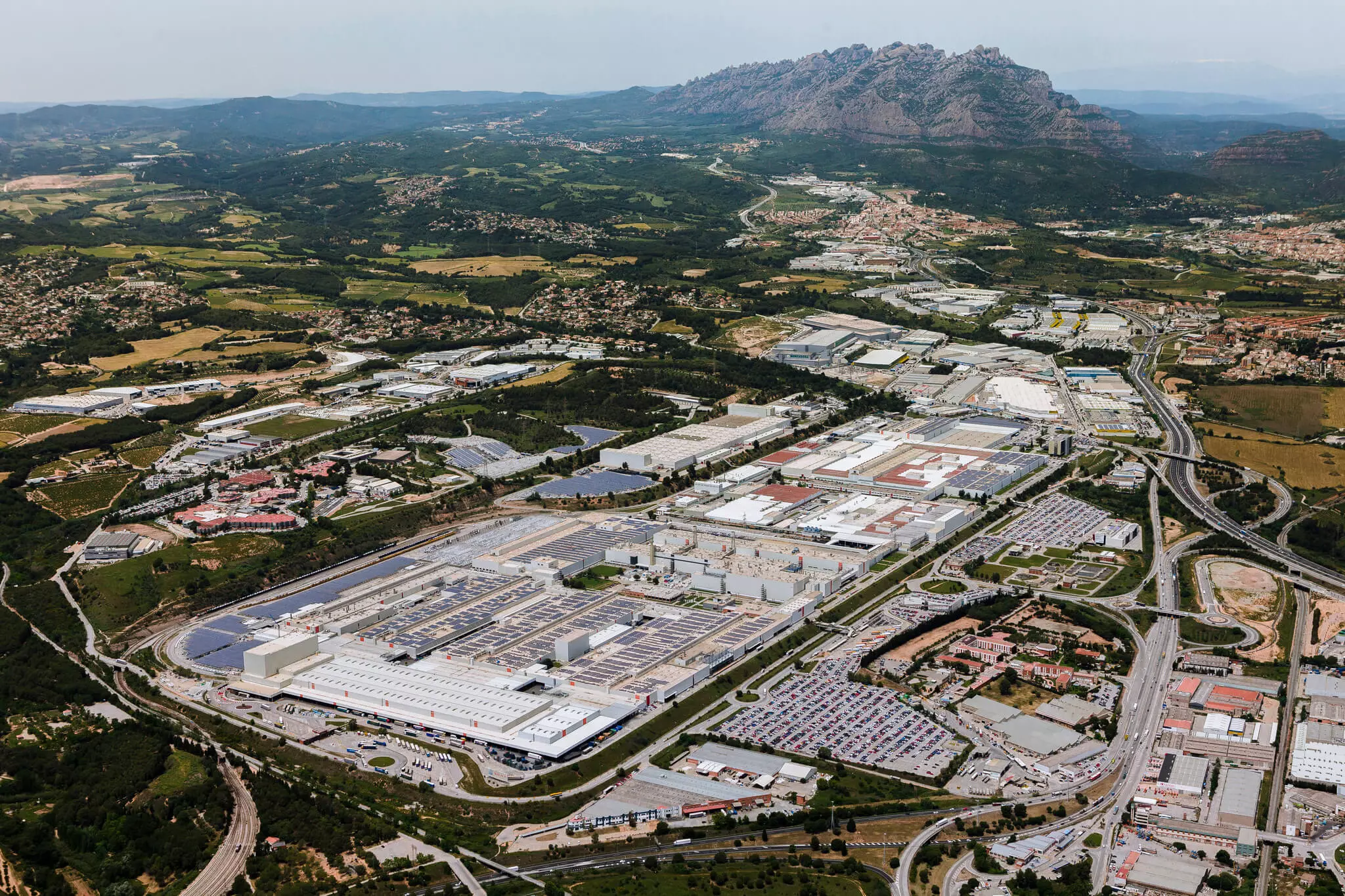
The recent series of year-on-year sales growth for the Spanish brand (from 400,000 in 2015 to 574,000 in 2019, 43% more in just four years) will therefore be halted this year.
11 million cars manufactured
The Martorell factory was inaugurated in 1993, after being built in just 34 months (and having required, at the time, an investment of 244.5 million pesetas, equivalent to 1470 million euros) and in 27 years it produced around 11 million vehicles, divided into 40 models or derivatives.
Since then, a lot has changed, with the surface of the entire industrial complex increasing seven times to the current 2.8 million square meters, where (just to help you visualize) 400 football fields would fit.
Subscribe to our newsletter
And it is far from being the only production center for the Spanish brand in this area. In the Free Zone at the foot of the city (where the company's car manufacturing began in 1953 and until 1993) various parts are pressed (doors, roofs, mudguards, totaling more than 55 million for 20 factories). of several Volkswagen Group brands only in 2019); there is another component production center (from which 560,000 gearboxes came out last year) on the outskirts of the airport, in Prat de Llobregat; in addition to a Technical Center (since 1975 and where more than 1100 engineers work today).
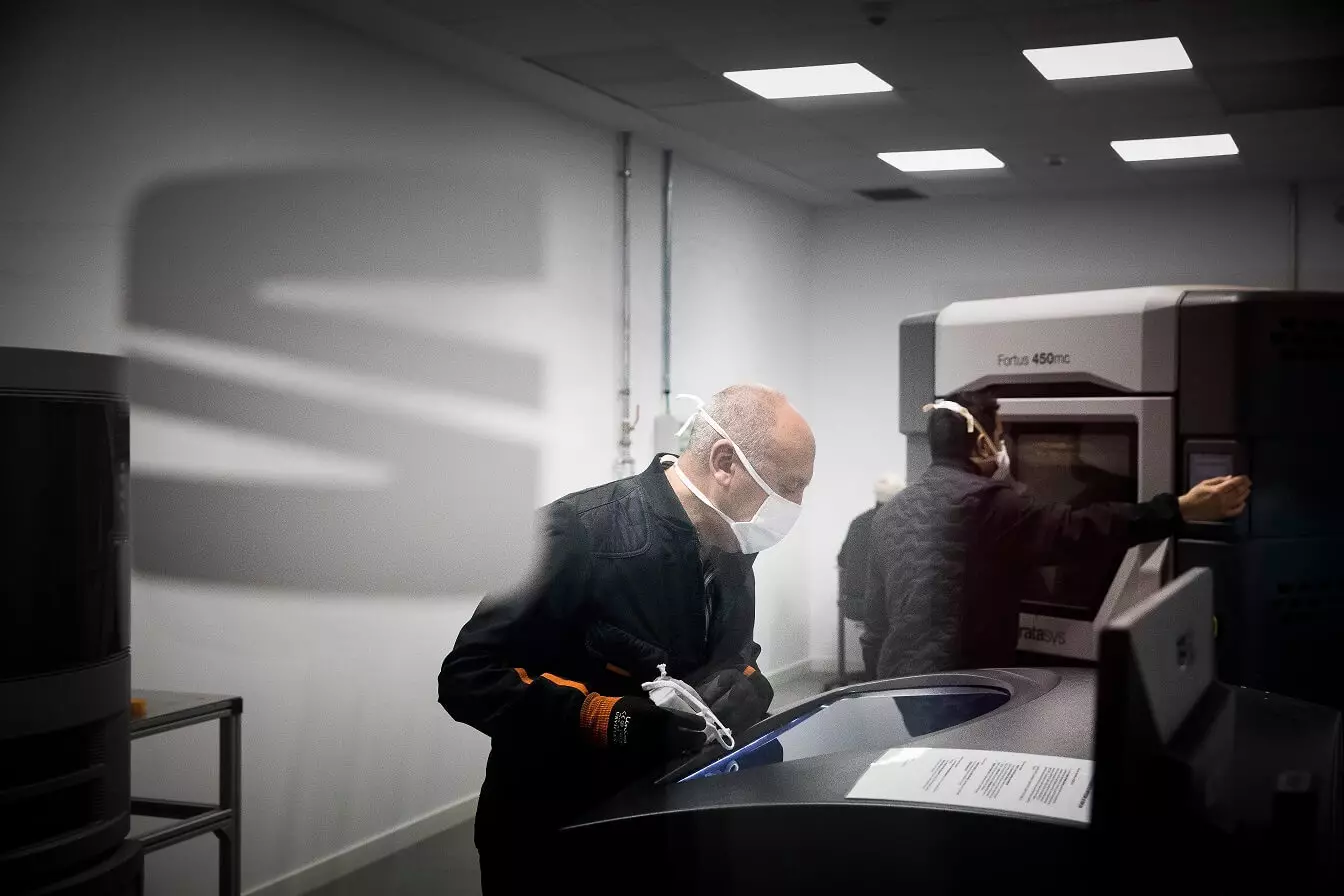
3D printing center
This means that SEAT is one of the few companies in the country that designs, technically develops and manufactures its products in Spain. And, in the region and associated with SEAT, there is also a huge logistics centre, a 3D printing center (recently new and in the factory itself) and a Digital Lab (in Barcelona) where the future of human mobility is thought (with important integration of university students who also undergo constant training at the factory, under a protocol with the Polytechnic University of Catalonia).
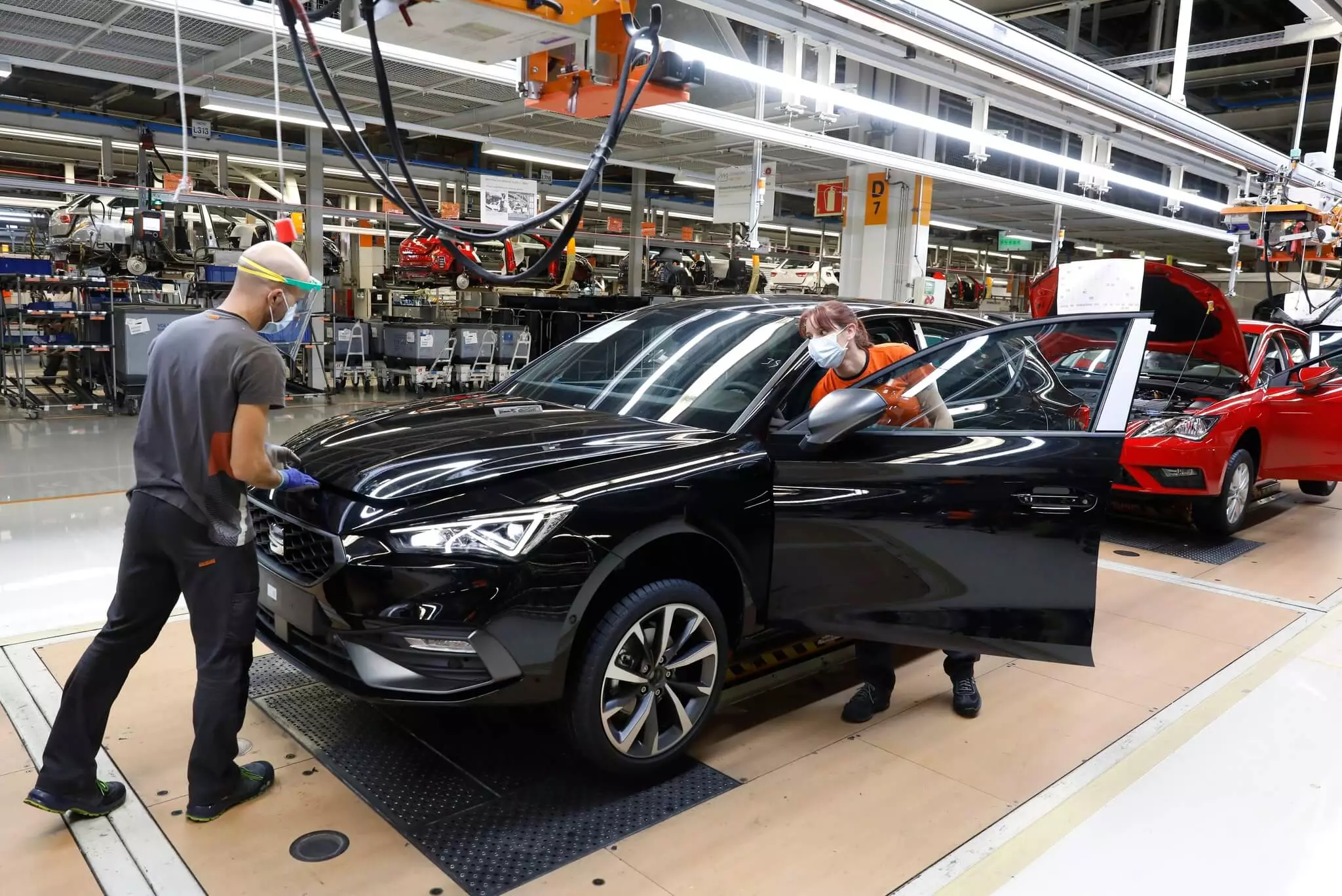
27 years change everything
At its start, in 1993, Martorell finished 1500 cars a day, today there are 2300 rolling “by its own foot”, which means a new car ready to ship to some eager customer every 30 seconds.
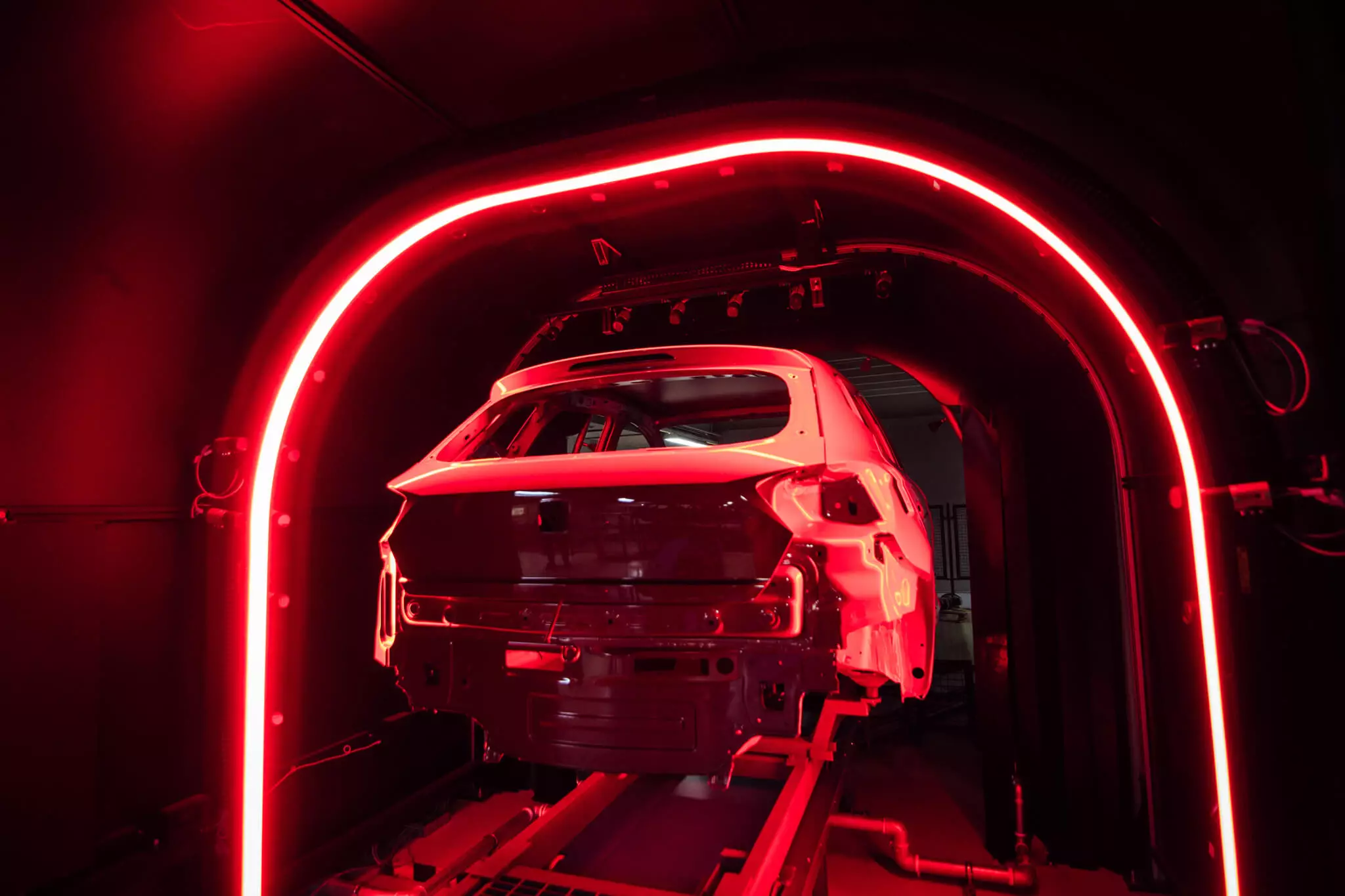
From 60 hours to 22 hours to create a new car: today 84 robots apply thin layers of paint in a paint booth and a state-of-the-art scanner inspects the surface's smoothness in just 43 seconds. Virtual reality, 3D printing and augmented reality are other innovations that emerged with the arrival of Industry 4.0.
Juan Pérez, Responsible for Printing ProcessesI was just 18 years old when I first entered the Martorell factory and I remember the euphoric atmosphere in the city that had just hosted the Olympic Games. He was an apprentice and my colleagues and I had high hopes for the future — everything was new and we were told it was the most modern factory in Europe.
That's how Juan Pérez, who currently heads the Printing Processes, remembers those first days, 27 years ago, at the Martorell factory, where employees used to walk 10 km a day: “When I went back home, I couldn't even find the locker room. It was very easy to get lost”.
Today there are autonomous vehicles, which help employees transport around 25,000 parts a day to the line, in addition to 10.5 km of railways and 51 bus lines.
A Portuguese leads Quality
Equally or more important is the constant qualitative progress even in recent times, as shown by the latest indicators: between 2014 and 2018 the number of complaints from owners of models of the Spanish brand fell by 48% and Martorell is practically at the level of quality records /reliability of Volkswagen's parent plant in Wolfsburg.

This should not be surprising considering that the same industrial processes are followed from A to Z, as confirmed by José Machado, the Portuguese who now leads quality control in Martorell, after starting at Autoeuropa (in Palmela), from where he went to Puebla (Mexico), to assume this important position in the cradle of almost all SEAT:
José Machado, Director of Quality ControlWe all follow the same guide and that is what counts, because in the end our 11,000 employees – direct and indirect – include 67 nationalities and 26 different languages.
80% are men, 80% are under 50 years old, have been with the company for an average of 16.2 years and 98% have a permanent employment contract, which helps to create stability in people, which is then reflected in the quality of their work. work.
Leon is the one that manufactures and sells the most
As proud or even more proud of what is being done here, Ramón Casas – director of the Assembly and Interior Covering section – is the main guide of this visit, which focuses on this area for which he is mainly responsible: “we have three assembly lines in total, 1 is from Ibiza/Arona (which completes 750 cars/day), 2 from Leon and Formentor (900) and 3 from an exclusive Audi A1 (500)”.
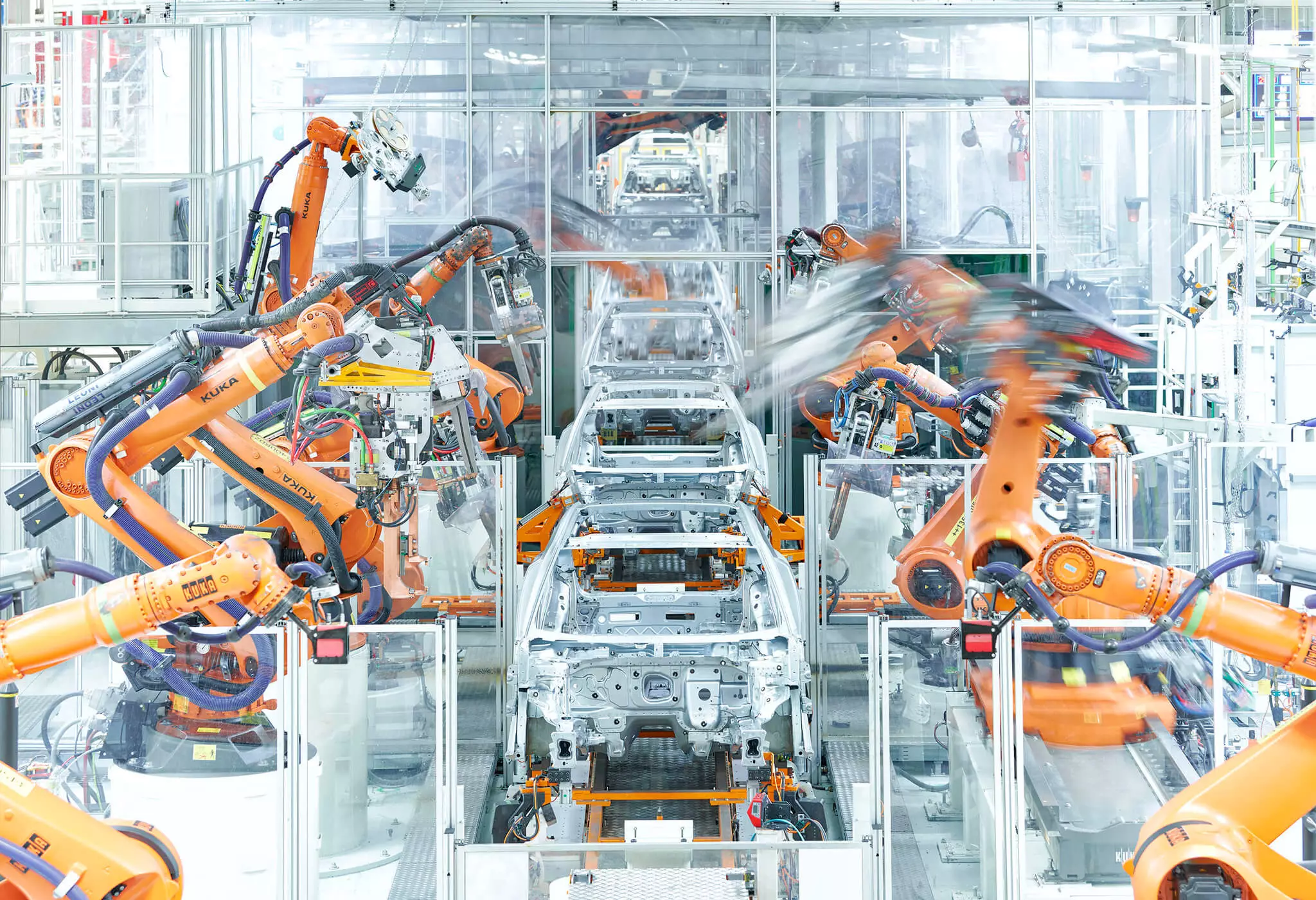
In this case, we are in the cradle of Leon and derivatives because this visit was made in addition to a trip to the factory to pick up the Leon Sportstourer van before it arrived, through the usual channels, in the Portuguese market.
Casas explains that “this line 2 is the one that manufactures the most cars because the Leon is the best-selling SEAT globally (about 150,000/year) a little higher than the Ibiza and Arona (about 130,000 each) and now that the SUV Formentor has joined this assembly line the production capacity will be very close to depleting”.
The 500,005 cars manufactured in Martorell in 2019 (81 000 of which Audi A1), 5.4% more than in 2018, used 90% of the factory's installed capacity, one of the highest rates in all of Europe and a very positive one indicator of the company's financial health.
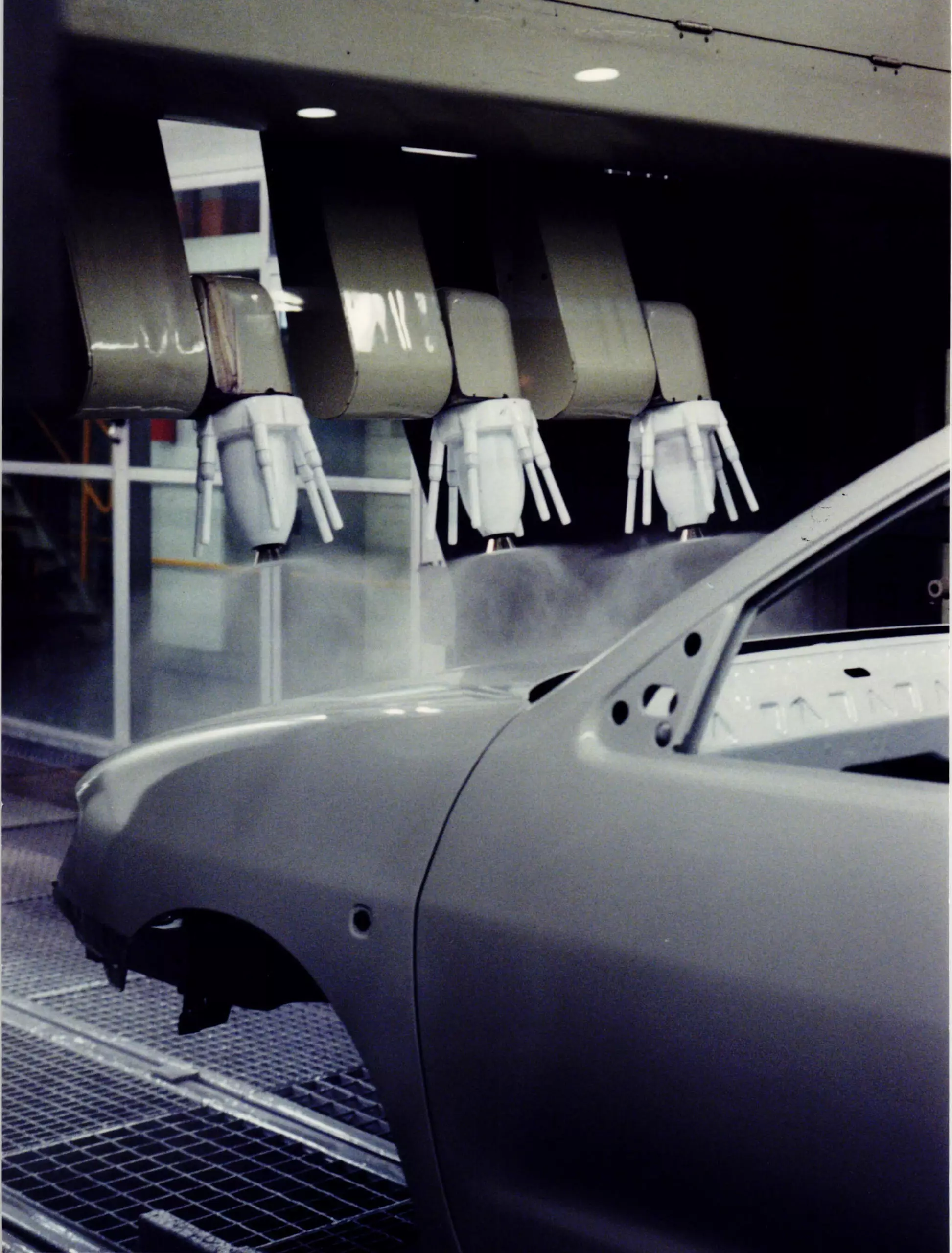
The Spanish brand, however, had sales higher than the 420 000 SEAT produced in Martorell last year, as some of its models are made outside Spain: the Ateca in the Czech Republic (Kvasiny), the Tarraco in Germany (Wolfsburg) , the Mii in Slovakia (Bratislava) and the Alhambra in Portugal (Palmela).
In total, SEAT produced 592,000 cars in 2019, with Germany, Spain, the UK as the main markets, in that order (80% of production is intended to be exported to around 80 different countries).
22 hours to make a SEAT Leon
I continue my tour along part of the 17 km of tracks with electrified rails, then suspended car bodies and rolling bases with already mounted engines/boxes (which are later found in what the factories call “Wedding”), while the two guides provide further details: there are three main areas in each of the assembly lines, Bodywork, Painting and Assembly, “but the last one is where the cars spend more time”, he hastily added Ramón Casas, or if it weren't that also the one under his direct responsibility.
In a total of 22 hours each Leon takes to be produced, 11:45 am in Assembly, 6:10 am in Bodywork, 2:45 am in Painting and 1:20 am in Finishing and Final Checking.
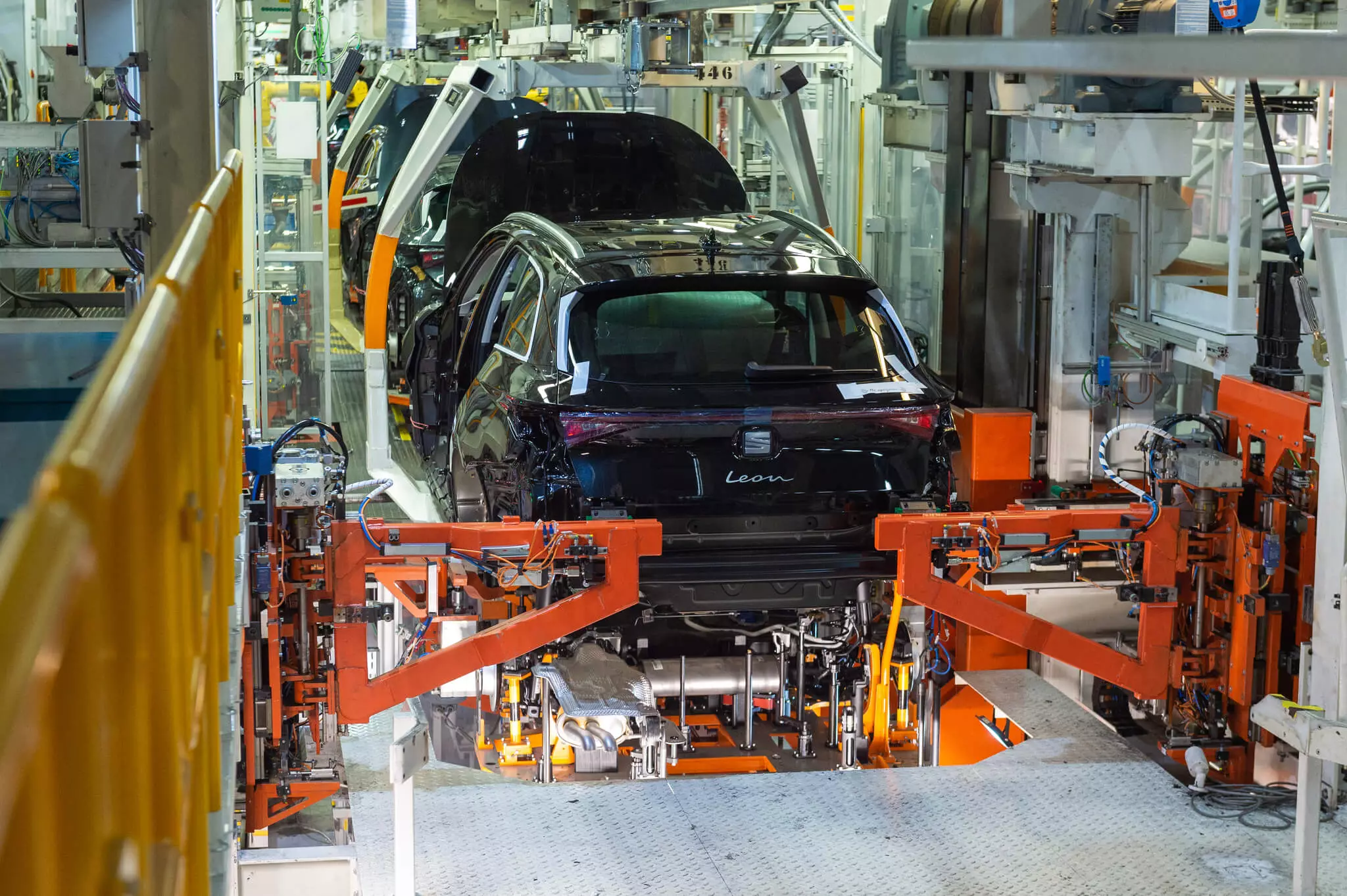
Factory directors are very proud of the fact that they are able to change model generation without having to interrupt the assembly chain. “Even with wider lanes and a different wheelbase, we managed to integrate the production of the new Leon without having to stop the production of the previous generation”, highlights Casas, for whom there are other more delicate challenges:
Ramón Casas, Director of the Assembly and Interior Covering Sectionthe previous Leon had 40 electronic processing units, the new one has at least twice as much and if we consider the plug-in hybrid we are talking about 140! And they all have to be tested before being installed.
Also complicated is the sequencing of the parts so that the car's configuration follows exactly what was ordered. Just in the case of the front of the Leon there can be 500 variations, which gives an idea of the difficulty of the task.
José Machado also explains that “there is no time difference between the production of a Leon five-door or a Sportstourer van and the fact that the latter has gained popularity in recent years – 40% of sales against 60% of the five-door – has not affected the assembly line”.
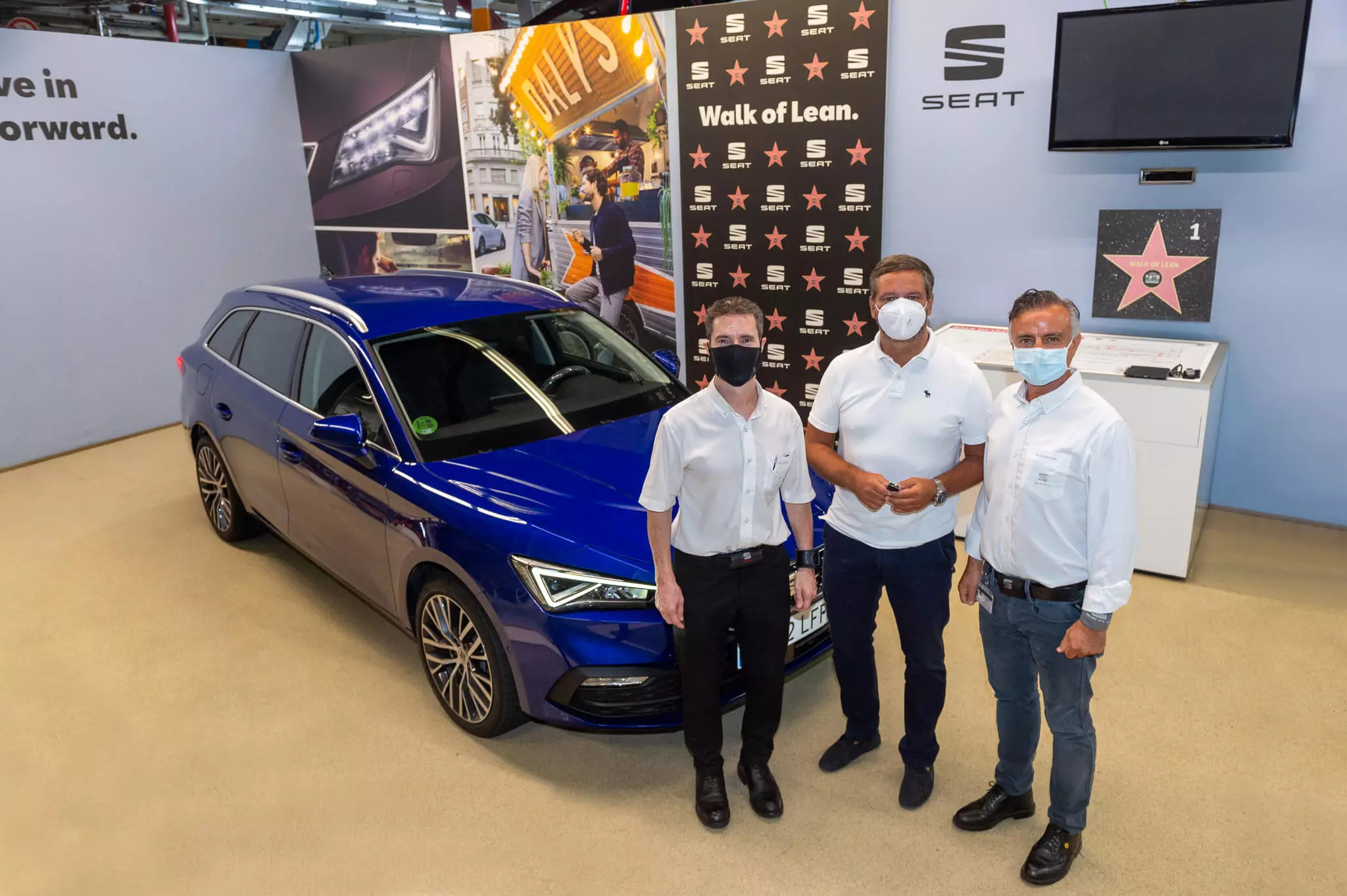
Drones and robots to help...
In Martorell there is more than one type of robot. There are those who deliver between different areas of the gigantic industrial complex (such as drones and automated land vehicles, totaling 170 inside and outside the factory) and then robots that help assemble the cars themselves.
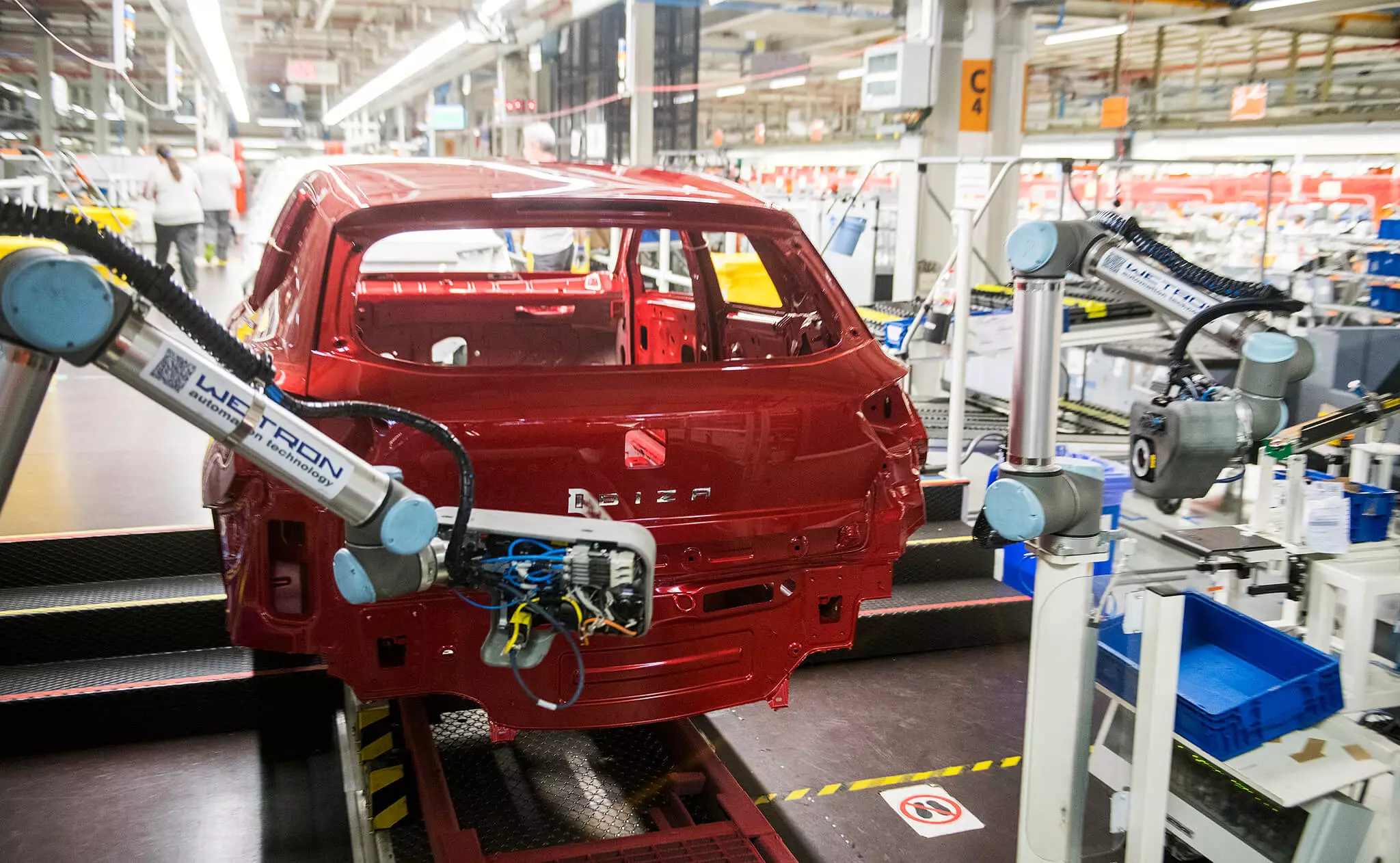
Machado says that "there are different robotization rates depending on the area of the assembly line, with around 15% in the assembly area, 92% in the plating and 95% in the painting". In the assembly area, many of the robots help employees take heavier parts, such as the doors (can reach 35 kg) and rotate them before fitting them into the body.
…but it's the human being that makes the difference
The head of Quality at Martorell also highlights the importance of the human team at this industrial unit:
José Machado, Director of Quality Control.They are the ones who give the signal in case there is any problem in the assembly chain, calling the supervisor who is trying to solve the issue with the line in progress, doing everything so that it does not stop. They change roles every two hours to avoid excessive routine and also to motivate them more, even giving ideas to make the whole process more productive. And if any of the suggestions are applied, they end up receiving a percentage of what the factory saved with that change.
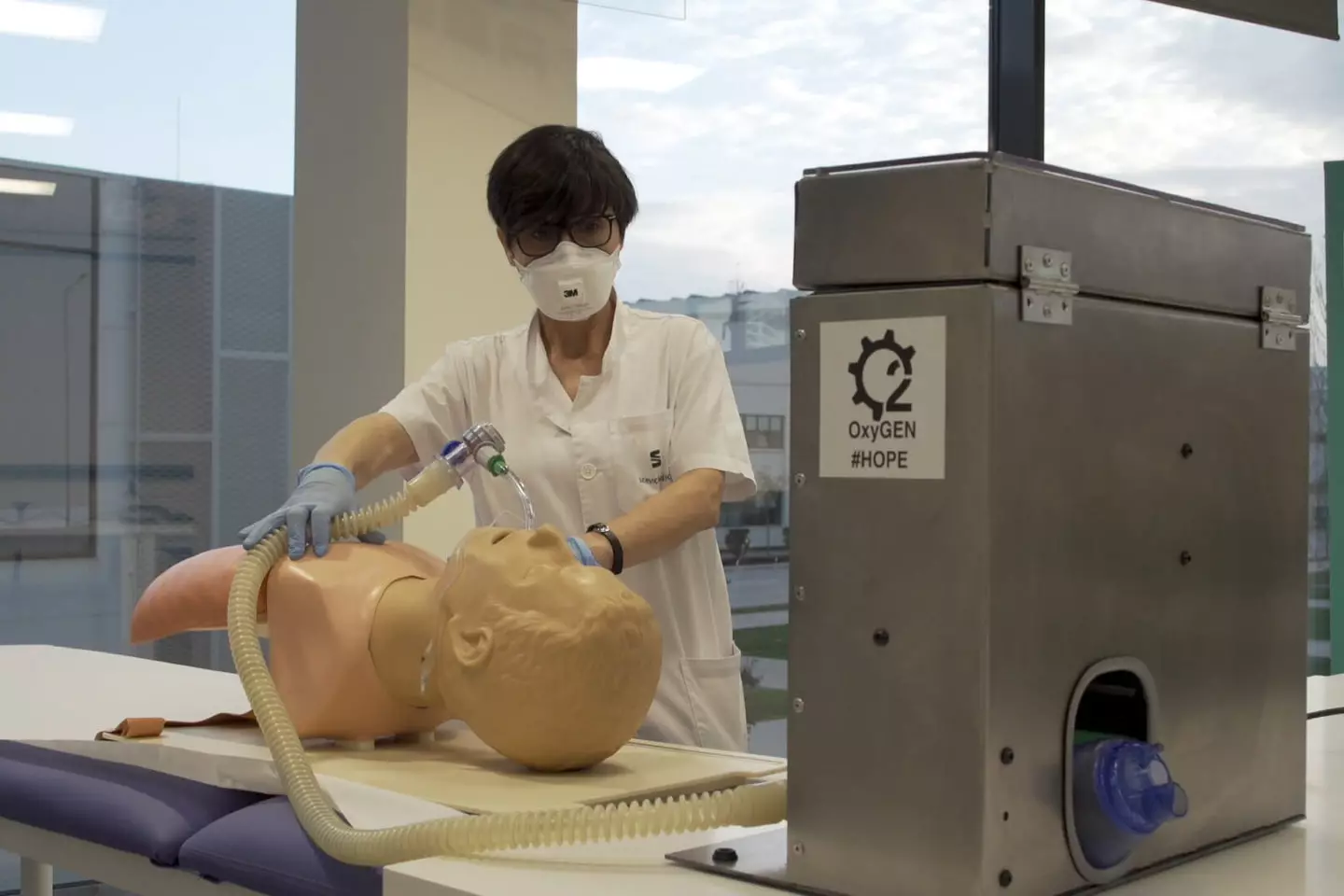
SEAT quickly began producing fans in the fight against Covid-19.
Martorell was closed during the most serious phase of the spread of covid-19, as Ramón Casas explains to me:
Ramón Casas, Director of the Assembly and Interior Covering SectionWe all went home at the end of February, on April 3rd we started fan production and returned to work on April 27th, gradually doing virus tests on all employees. It is mandatory to use a mask during the entire period of stay at the factory, there is gel everywhere and many acrylic protections in the rest spaces, cafeteria, etc.
